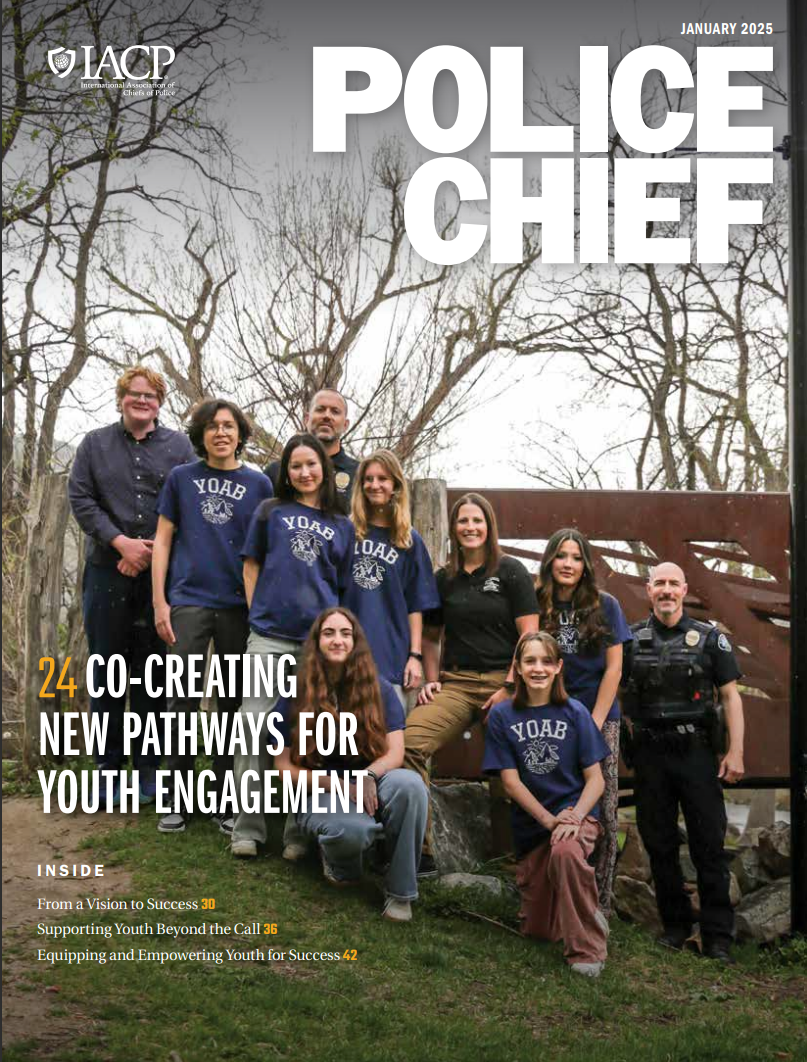Reducing Violence and Building Trust
Data to Guide Gun Law Enforcement in Baltimore

The field of public health is much like that of public safety. Both are tasked with practical goals to enhance their communities’ well-being. Both use data to guide their strategies and deploy resources. Public health and public safety outcomes are closely linked because the conditions that produce good community health (e.g., strong schools, sufficient and equitable economic opportunities, safe and affordable housing, and green community spaces) also improve community safety. Conditions that determine health and safety are the direct result of laws and public policies intended to maximize critical public goods.
The Johns Hopkins Center for Gun Violence Prevention and Policy (CGVPP) has pioneered the application of public health strategies to combat gun violence, a problem that was traditionally viewed only through a crime lens. In addition to studying the effects of gun laws on gun violence and suicides, the CGVPP studies community-based violence intervention programs and works with police departments to assess the impacts of gun and drug law enforcement practices on gun violence. Although public health approaches to violence are often presented as alternatives to policing, the CGVPP views effective and fair law enforcement as a vital part of a holistic approach to reducing gun violence. However, the center also studies and attempts to prevent law enforcement practices that harm individuals and communities.


